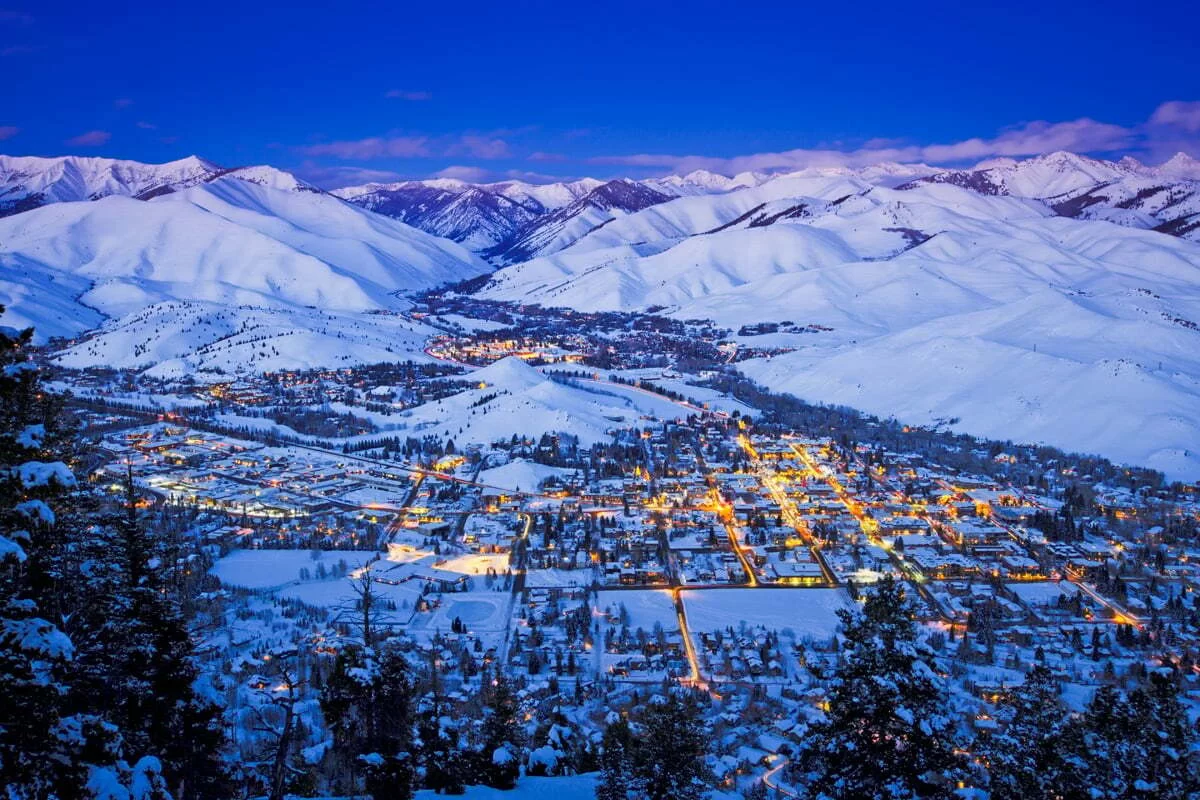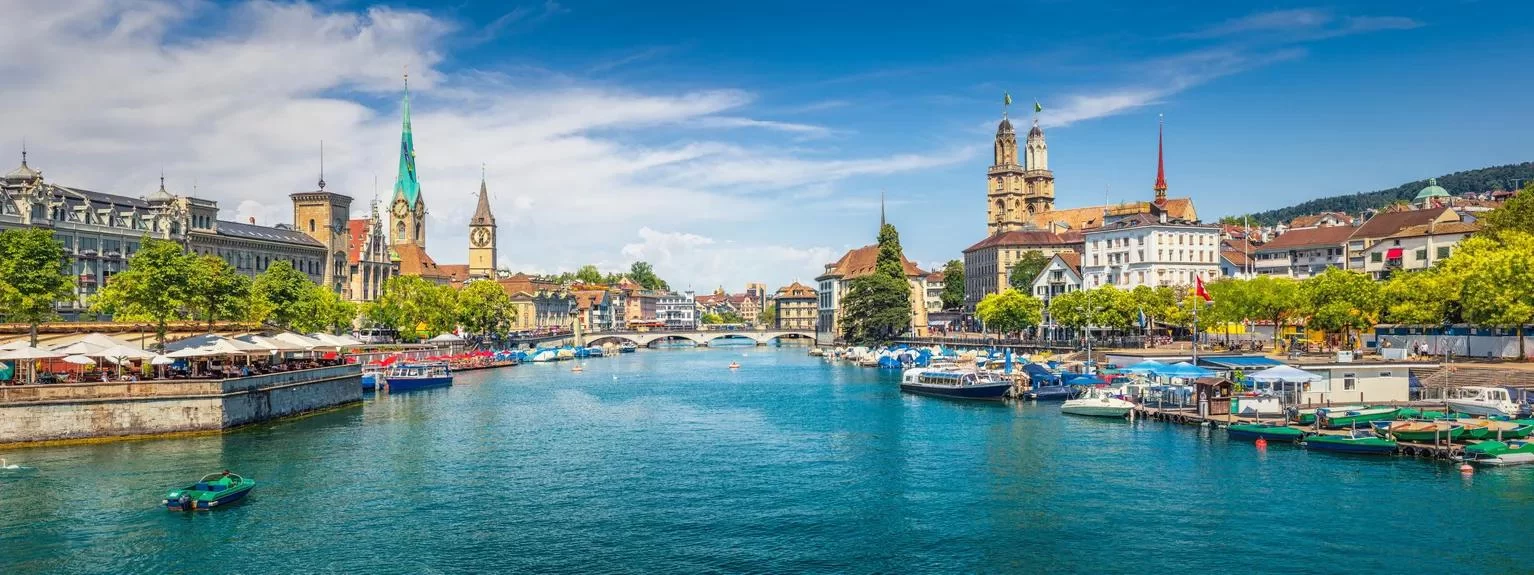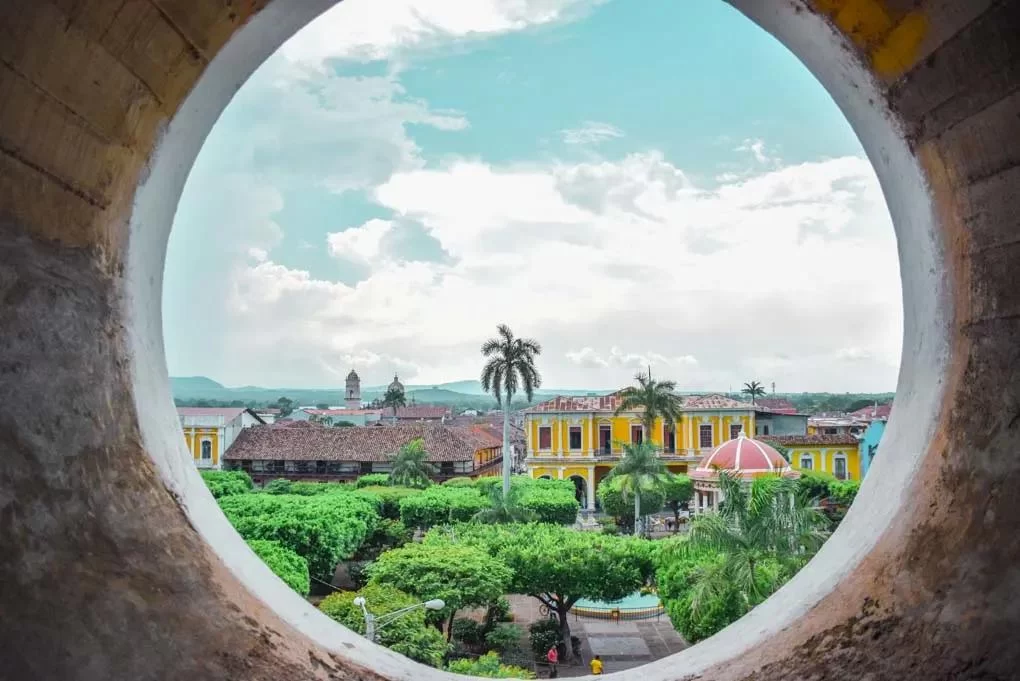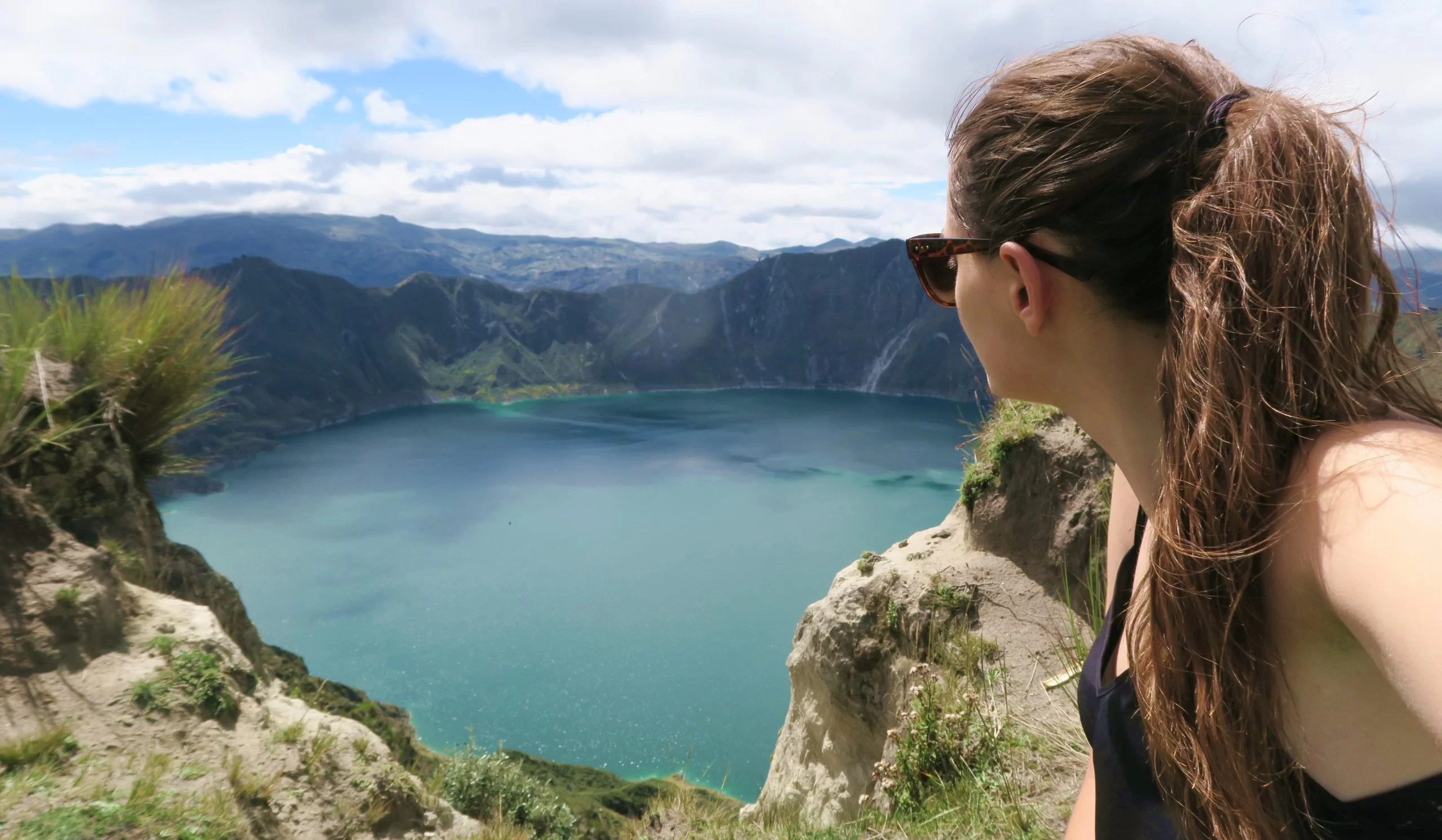Best Time to Travel to Italy: A Complete Guide to Planning Your Perfect Trip
- 1. Overview of Italy’s Seasons
- 2. Spring in Italy: March to May
- 3. Summer in Italy: June to August
- 4. Autumn in Italy: September to November
- 5. Winter in Italy: December to February
- 6. Local Events and Festivals: Making the Most of Your Visit
- 7. Personal Experience: Planning Your Ideal Italy Trip
1. Overview of Italy’s Seasons
Italy offers a variety of experiences throughout the year, with each season showcasing a different side of this beautiful country. Whether you’re planning to bask in the Mediterranean sun, enjoy the vibrant blooms of spring, or explore the snowy peaks of the Alps, choosing the best time to travel to Italy depends largely on your interests and the type of vacation you want. Understanding the country's seasons and how they impact the atmosphere, weather, and crowds can help you plan a truly memorable trip.
The best time to visit Italy generally depends on whether you prefer warm weather and big crowds, or a quieter experience with mild temperatures. In this guide, we’ll break down Italy’s seasons, what you can expect during each one, and when to travel based on different types of activities.
2. Spring in Italy: March to May
Spring is one of the most delightful times to visit Italy. The weather is pleasant, and the country comes alive with blooming flowers, outdoor festivals, and tourists starting to arrive for the season. Spring in Italy lasts from March to May, with temperatures ranging from 10°C (50°F) to 20°C (68°F), making it ideal for sightseeing and enjoying Italy's beautiful countryside.
If you enjoy mild weather and fewer tourists, spring is the best time to travel to Italy. The landscapes are lush and green, and the gardens of cities like Florence and Rome are a sight to behold. The Tuscan countryside is especially stunning in spring, with rows of vineyards and olive groves starting to bloom.
Spring also marks the beginning of Italy’s outdoor festivals and events. The famous "Festa della Primavera" (Spring Festival) in Rome is a celebration of music, dance, and culture, while Venice holds the "Festa di San Marco" in April, a festival honoring the city's patron saint. These events offer a glimpse into the vibrant Italian culture and are a great way to experience the local traditions.
3. Summer in Italy: June to August
Summer in Italy is the peak tourist season, and for good reason. From June to August, Italy is warm and sunny, with temperatures often exceeding 30°C (86°F) in cities like Rome, Florence, and Naples. The coastal regions, especially the Amalfi Coast, become prime destinations for travelers seeking sun, sea, and sand.
If you love the beach, summer is the best time to travel to Italy, especially for seaside escapes along the Mediterranean. The Italian Riviera and Sardinia’s crystal-clear waters make it a dream destination for beach lovers. However, keep in mind that summer also attracts large crowds, especially in famous cities like Venice, Florence, and Rome. Expect higher accommodation prices and long lines at top attractions.
Summer is also a time for festivals and events. The “Palio di Siena,” a historic horse race held every July in Siena, is one of Italy’s most exciting events. If you enjoy a lively atmosphere, experiencing this tradition is a must. However, be sure to book tickets and accommodations well in advance during the summer months.
4. Autumn in Italy: September to November
Autumn is often considered one of the best times to visit Italy. From September to November, the weather is still warm, but the summer crowds start to thin out, making it an ideal time for a more relaxed vacation. Temperatures range from 15°C (59°F) to 25°C (77°F), providing the perfect balance for sightseeing and outdoor activities.
Autumn in Italy is a time of harvest, especially in the wine regions of Tuscany and Piedmont. If you’re a wine lover, this is the best time to visit Italy’s vineyards. The grape harvest season is in full swing, and many wineries offer tours and tastings. Additionally, the autumn foliage in regions like the Dolomites or the vineyards of Tuscany creates a stunning backdrop for your trip.
Autumn is also a wonderful time to explore Italy’s cities and historical landmarks without the swarms of tourists. Places like Florence, Rome, and Venice become more tranquil, giving you a chance to enjoy the museums, historical sites, and local eateries at a more leisurely pace.
5. Winter in Italy: December to February
Winter in Italy brings a quieter, more intimate experience. From December to February, the temperatures drop, and the country is often covered in a light dusting of snow, especially in the northern regions. In cities like Milan and Florence, winter offers the chance to enjoy cozy cafes, indoor museums, and fewer tourists.
If you’re a fan of winter sports, the Italian Alps are a prime destination for skiing and snowboarding. Resorts in the Dolomites and the Aosta Valley offer some of the best slopes in Europe. However, the coastal regions, like the Amalfi Coast, can be quite cold and wet, making it less ideal for beachgoers.
Winter is also a time to experience Italy's Christmas markets, with places like Bolzano, Trento, and Florence hosting enchanting Christmas fairs. If you’re interested in seeing Italy dressed up in its holiday best, the Christmas season provides an unforgettable experience.
6. Local Events and Festivals: Making the Most of Your Visit
No matter what time of year you visit Italy, there’s always a local festival or event happening. In addition to seasonal celebrations, Italy is known for its numerous cultural festivals. Whether it’s the Venice Carnival in February, the Florence Gelato Festival in May, or the Siena Jazz Festival in July, there are endless opportunities to experience Italy's rich cultural heritage.
Each region of Italy also has its own unique festivals. For example, in Tuscany, you can enjoy the medieval "Grape Harvest Festival" in the fall, while in Umbria, the "Festival of the Two Worlds" celebrates the arts in the summer. Timing your visit around one of these events adds an extra layer of excitement to your trip.
7. Personal Experience: Planning Your Ideal Italy Trip
As someone who has traveled extensively through Italy, I can tell you that the best time to visit Italy depends on what kind of experience you want. During my first trip in the fall, I was blown away by the wine harvest season and the beauty of the Tuscan countryside. The weather was perfect for walking through vineyards, and I had a chance to attend several local wine festivals, which gave me a deeper connection to Italy’s rich agricultural culture.
If you’re planning your first trip to Italy, I recommend visiting during the spring or autumn months to avoid the summer crowds and enjoy pleasant weather. It’s also easier to explore cities and historical sites without feeling rushed. But if you’re a beach lover or enjoy vibrant city life, summer might be your best bet.
Ready to plan your Italy adventure? Whether it’s a relaxing Mediterranean holiday, an exploration of ancient ruins, or a wine-tasting journey through Tuscany, there’s no wrong time to visit Italy. To start planning your trip, check out the exclusive tours and packages offered by Rob Travel. Let us help you create the perfect itinerary for your dream Italian vacation!






